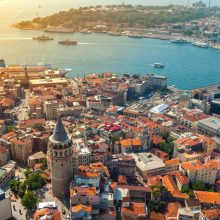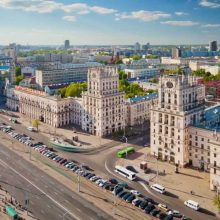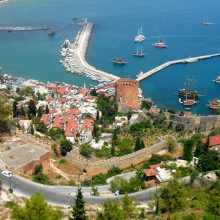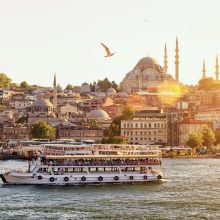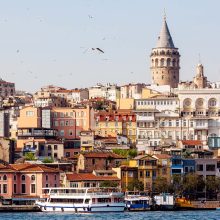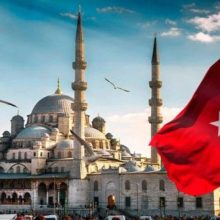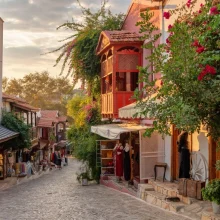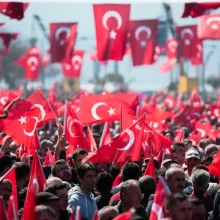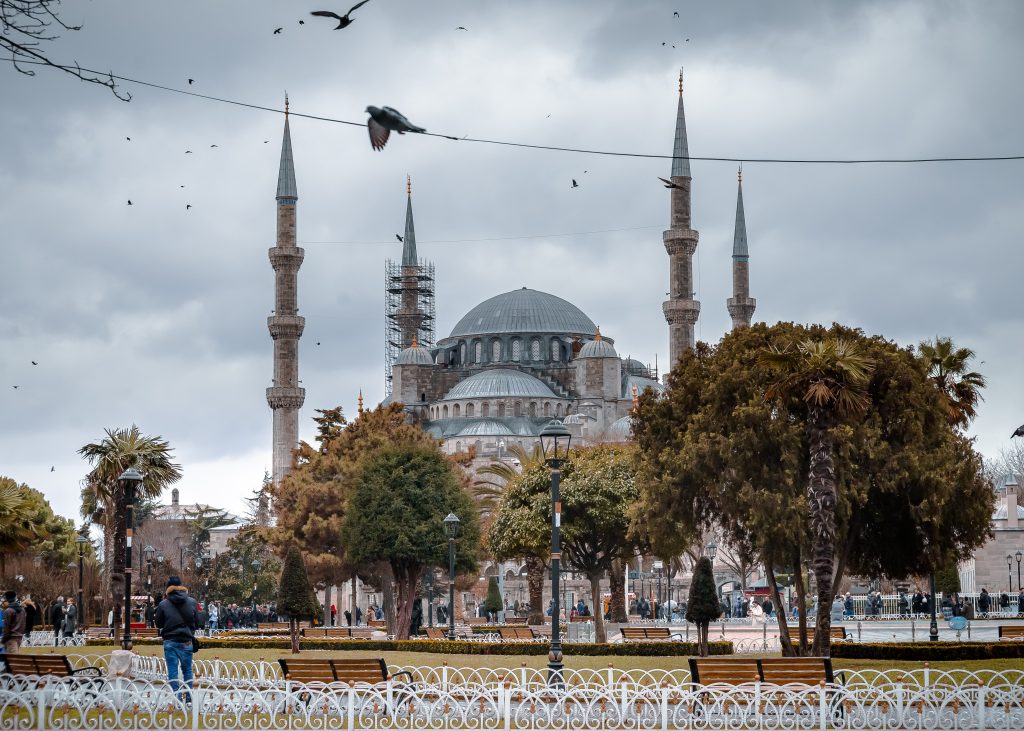
Turkey’s varied climate—generally a dry semicontinental Mediterranean variant—is heavily influenced by the presence of the sea to the north, south, and west and by the mountains that cover much of the country. The sea and the mountains produce contrasts between the interior and the coastal fringes. Several areas have the winter rainfall maximum typical of the Mediterranean regime, and summer drought is widespread. However, the elevation of the country ensures that winters are often much colder than is common in Mediterranean climates, and there are significant contrasts between winter and summer temperatures.
The total expenditure on education in Turkey amountes to $13.4 billion, including the state budget allocated through the National Ministry of Education and private and international funds.The share of national wealth invested in educational institutions is higher in Turkey than average among OECD countries.
Turkey
is home to a unique intersection of culture as the nation bridges Asia with Europe. The country is overwhelmingly Sunni Muslim, though influences of bygone Roman and Byzantine rule pepper the streets and skyline. Extravagant mosques and cathedrals can both be found within blocks of the Grand Bazaar in the city of Istanbul. Turkey is situated at the crossroads of the Balkans, Caucasus, Middle East, and eastern Mediterranean. It is among the larger countries of the region in terms of territory and population, and its land area is greater than that of any European state. The country is bounded on the north by the Black Sea, on the northeast by Georgia and Armenia, on the east by Azerbaijan and Iran, on the southeast by Iraq and Syria, on the southwest and west by the Mediterranean Sea and the Aegean Sea, and on the northwest by Greece and Bulgaria. The capital is Ankara, and its largest city and seaport is Istanbul.Turkey
is home to a unique intersection of culture as the nation bridges Asia with Europe. The country is overwhelmingly Sunni Muslim, though influences of bygone Roman and Byzantine rule pepper the streets and skyline. Extravagant mosques and cathedrals can both be found within blocks of the Grand Bazaar in the city of Istanbul. Turkey is situated at the crossroads of the Balkans, Caucasus, Middle East, and eastern Mediterranean. It is among the larger countries of the region in terms of territory and population, and its land area is greater than that of any European state. The country is bounded on the north by the Black Sea, on the northeast by Georgia and Armenia, on the east by Azerbaijan and Iran, on the southeast by Iraq and Syria, on the southwest and west by the Mediterranean Sea and the Aegean Sea, and on the northwest by Greece and Bulgaria. The capital is Ankara, and its largest city and seaport is Istanbul.Turkey’s varied climate—generally a dry semicontinental Mediterranean variant—is heavily influenced by the presence of the sea to the north, south, and west and by the mountains that cover much of the country. The sea and the mountains produce contrasts between the interior and the coastal fringes. Several areas have the winter rainfall maximum typical of the Mediterranean regime, and summer drought is widespread. However, the elevation of the country ensures that winters are often much colder than is common in Mediterranean climates, and there are significant contrasts between winter and summer temperatures.
The total expenditure on education in Turkey amountes to $13.4 billion, including the state budget allocated through the National Ministry of Education and private and international funds.The share of national wealth invested in educational institutions is higher in Turkey than average among OECD countries.


